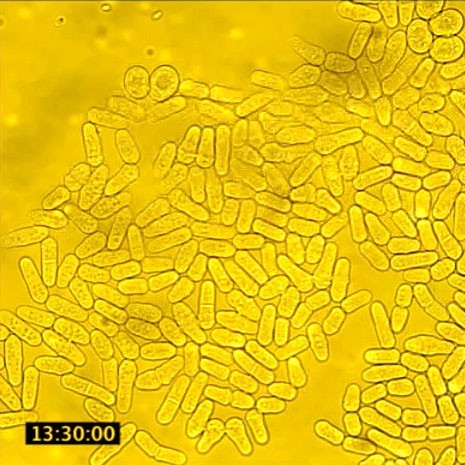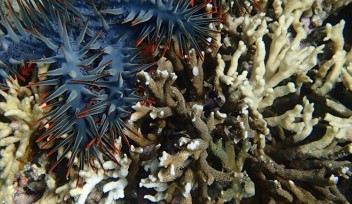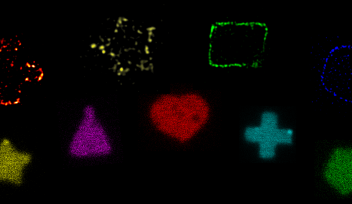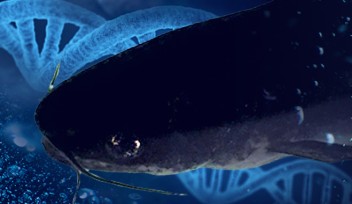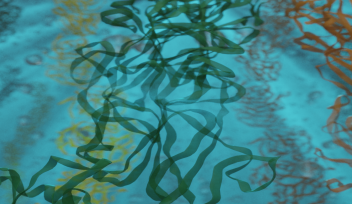G0 Cell Unit work on fission yeast cells in low-glucose may lead to new research into metabolic diseases
By Micheal E. Cooper
Glucose as a source of energy is centrally important to our understanding of life. Human body cells take the glucose from blood to make energy. The glucose content of human blood must be kept between 4-6 millimoles per litre (mmol/L) to remain healthy, and even slightly elevated blood glucose levels (over 7 mmol/L) indicate the life-threatening disease known as diabetes.
Obviously, it is important to understand how the human body maintains healthy glucose levels, but using complex organisms like humans or even mice is problematic. Cell cycle studies, a field of biology that examines what happens inside a cell as it prepares to divide and reproduce, often uses a simple organism called fission yeast as a model, but it is usually cultivated in cultures containing over 100 mmol/L glucose, a concentration too high to make the data relevant to research into human metabolism. However, this video shows that fission yeast can thrive in a medium the glucose concentration of which is similar to the glucose levels appropriate for human cells, meaning that fission yeast can be used as test organisms for studying human metabolic processes like cell aging and disorders like diabetes.
The researchers at the G0 Cell Unit, Okinawa Institute of Science and Technology have published an initial research paper (Pluskal et al., FEBS J 2011) describing the growth, proliferation and metabolism of fission yeast cultivated in limited glucose. They found that the actual glucose requirements of fission yeast cells and human cells were surprisingly similar, and they also discovered that the life span of fission yeast could be prolonged by glucose starvation, an effect that had been observed in higher organisms like human beings. The paper was recently rated as “Recommended” by the Faculty of 1000 post-publication peer review service.
(Click for video) Fission yeast (Schizosaccharomyces pombe) cells growing and dividing regularly in a culture medium, the glucose concentration of which is similar to that of human blood (4.4 mmol/L). Video by Dr. Takeshi Hayashi, Group Leader of the OIST G0 Cell Unit (Principal Investigator: Dr. Mitsuhiro Yanagida).
Specialty
For press enquiries:
Press Inquiry Form






